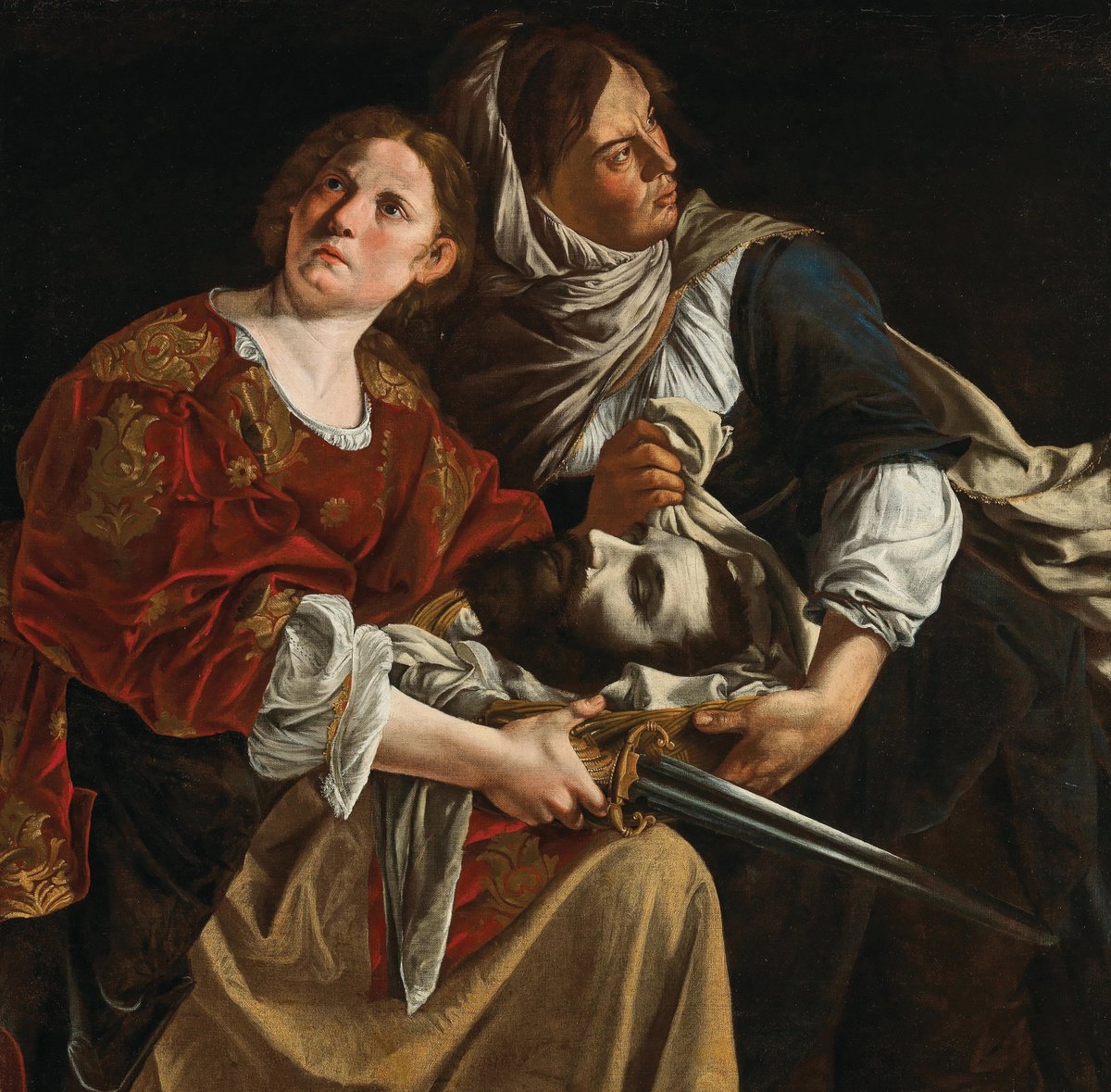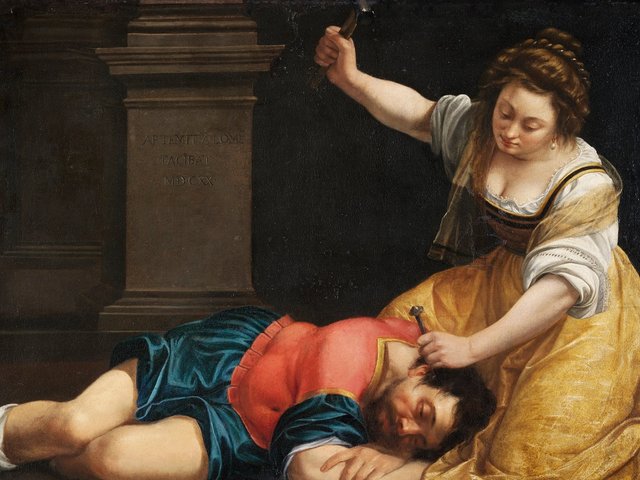An exhibition portraying the rape of Artemisia Gentileschi by the artist Agostino Tasso in 1611 has drawn fierce criticism from female students in Italy. The exhibition’s organisers have defended the display, calling it a “denunciation of violence”, while the curator has conceded that museums must get better at considering visitors’ expectations.
Called Artemisia Gentileschi: Courage and Passion, the exhibition opened at Genoa’s Palazzo Ducale on 16 November and includes around 50 paintings lent by European museums. The show aims to offer a “faithful portrait” of the artist’s personality, according to the museum’s website, with proceeds from ticket sales partly to be used to fund projects promoting women’s health. It runs until 1 April.
The controversy centres on a multimedia installation in a darkened room portraying the moment Tasso raped the 17-year-old Gentileschi during a visit to her family’s home in 1611, prompting her father, Orazio, to press charges, leading to a gruelling seven-month trial. The installation features a film showing paintings by Gentileschi as a voiceover recounts the various stages of the rape before projections of blood spread over a bed placed at the centre of the room.
After seeing the show, Valentina Cervella and Carolina Dos Santos, students at the University of Genoa, criticised the installation on their social media accounts. In an interview for the newspaper La Repubblica, Cervella described the exhibition as “voyeurism, a deadly patriarchal operation”, noting that it described the rape “emphatically, and in detail”. She asked: “What does all this have to do with the way we understand and appreciate the artist?”
‘Pornography of pain‘
In an article for the Exibart website, Noemi Tarantini, a social media star who posts art reviews on Instagram, said the show “made a spectacle of rape” and called it a “pornography of pain”.
The Foundation of the Palazzo Ducale, which runs the museum, said in a press statement that it was “dedicated to the rights and to the fight against violence towards women”, adding that it remained “open to constructive dialogue”. Iole Siena, the chair and chief executive of Arthemisia Group, which helped organise and promote the exhibition, said the show was a “blatant denunciation of violence against women”, adding that it “celebrates the woman who, before any other, had the courage to publicly denounce the violence she had suffered..., defying the whole of society.”
In an interview for La Repubblica, Costantino D’Orazio, who curated the show and has since been appointed to lead the Galleria Nazionale dell’Umbria in Perugia, thanked the students for starting the debate, admitting that museums would have to get better at dealing with sensitive social themes.
In January, D’Orazio met with the students, together with members of Non Una Di Meno (not one less), a movement campaigning to end violence against women, to discuss the exhibition. He said that a warning sign informing visitors about the content of the installation, which had initially been placed at the entrance to the room but then removed, would now be put back. Representatives of Non Una Di Meno noted that, due to the layout of the exhibition, visitors who wanted to see the other displays had no choice but to pass through the room.






